Carolyn Taylor: I tried the Skinskiths B12 Hydrating Facial
Looking for the ultimate hydrating facial to reset, recharge, and reveal that plump, dewy glow? We sent our long-time Caci friend Carolyn Taylor in...
Melasma is a form of pigmentation where brown or greyish patches develop on the skin, most commonly across the cheeks, forehead, chin, and upper lip. It’s often linked to hormonal changes such as pregnancy, contraceptive use, or menopause, and can also be worsened by UV exposure or genetics. These patches form when pigment-producing cells (melanocytes) become overactive and create too much melanin in certain areas. While melasma isn’t harmful, it can affect confidence and often feels tricky to manage with skincare alone. The good news? With the right professional treatments and at-home care, melasma can be significantly reduced and managed long-term.




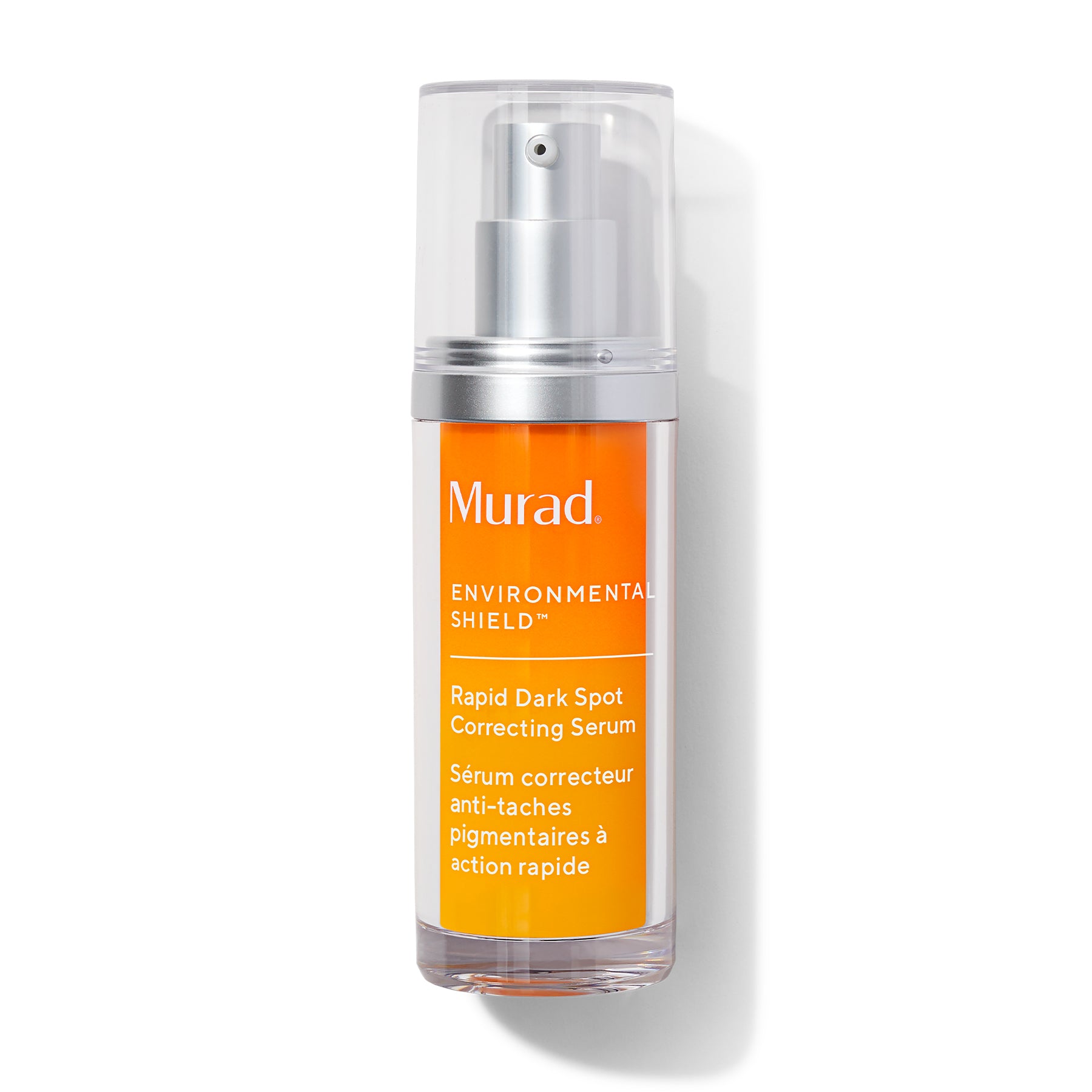
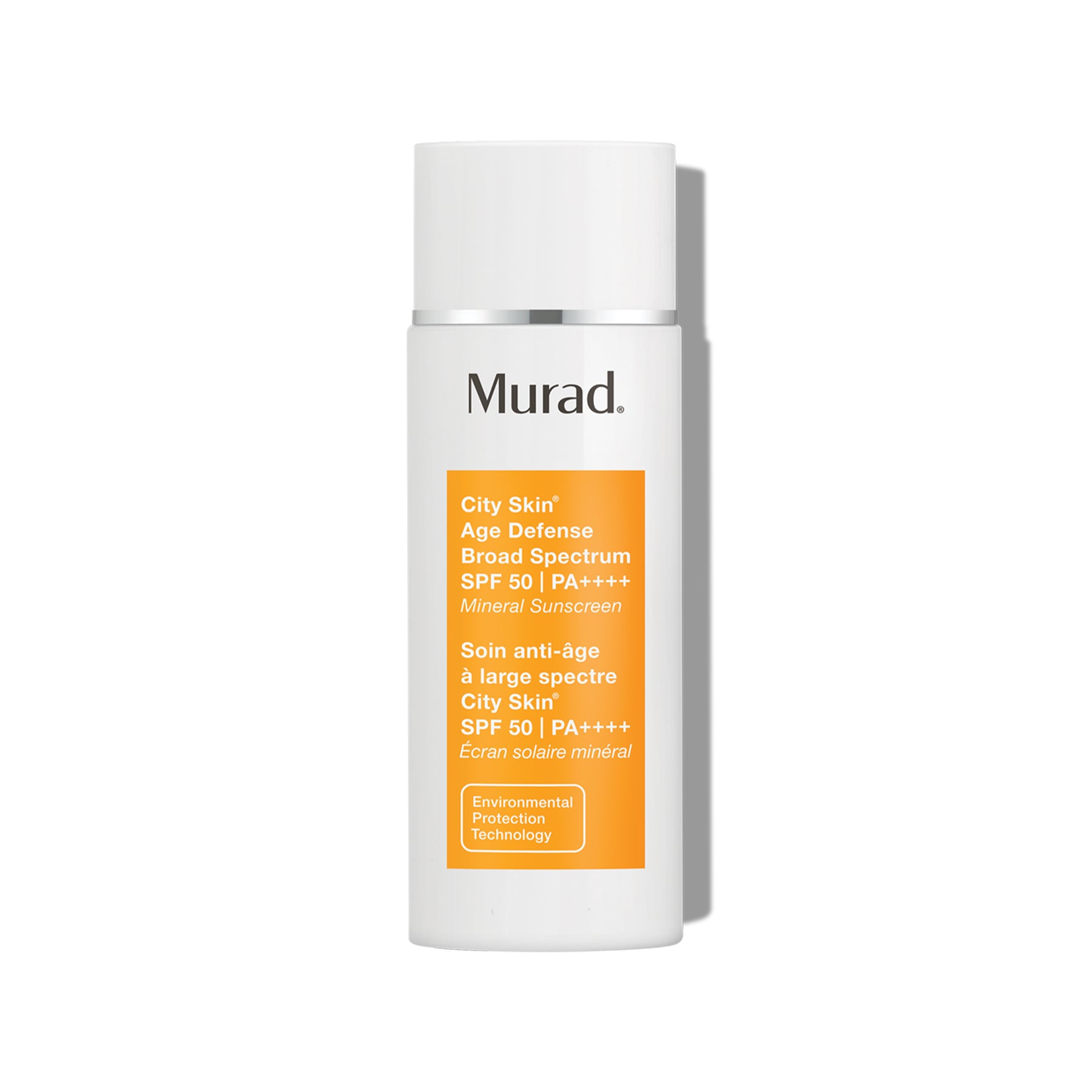
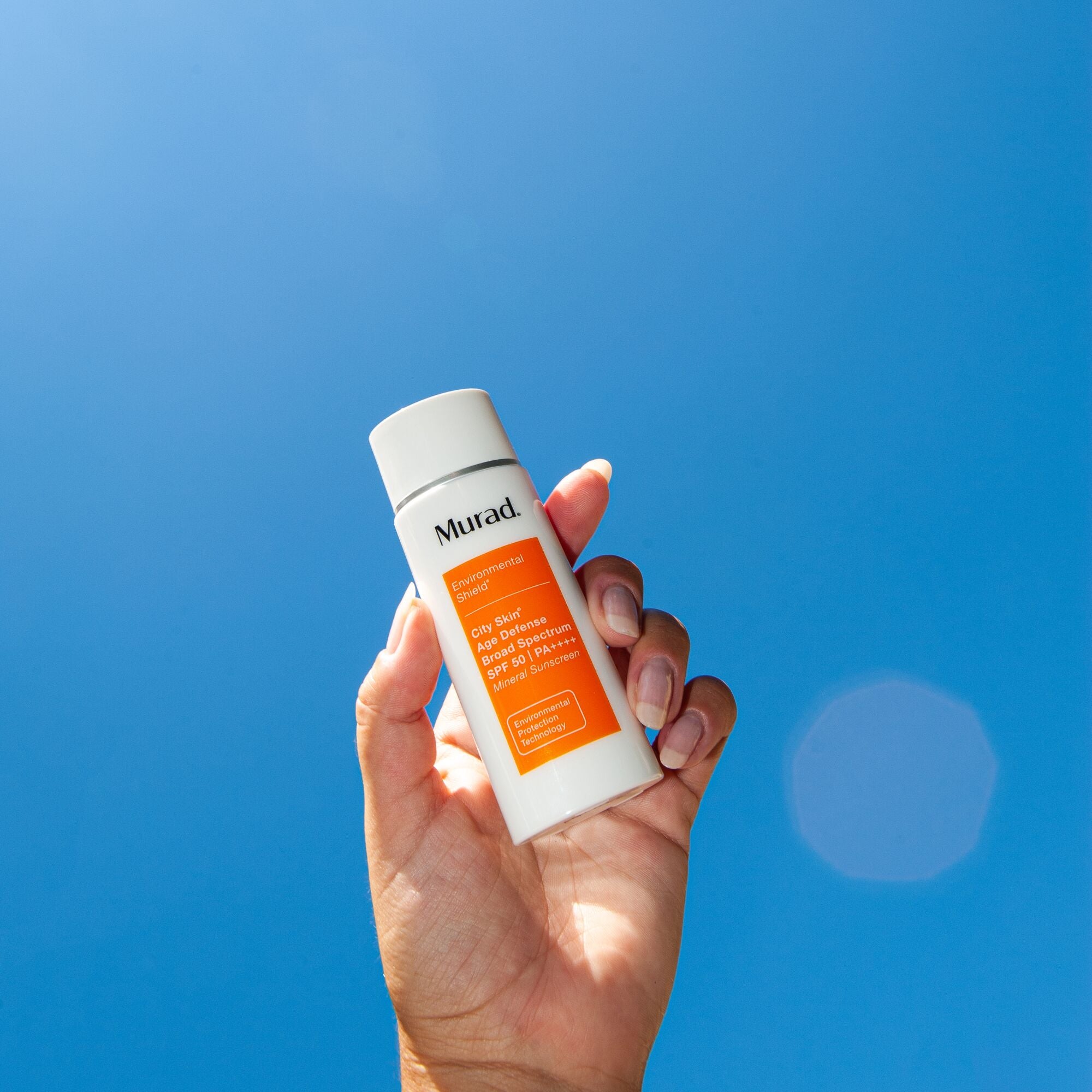
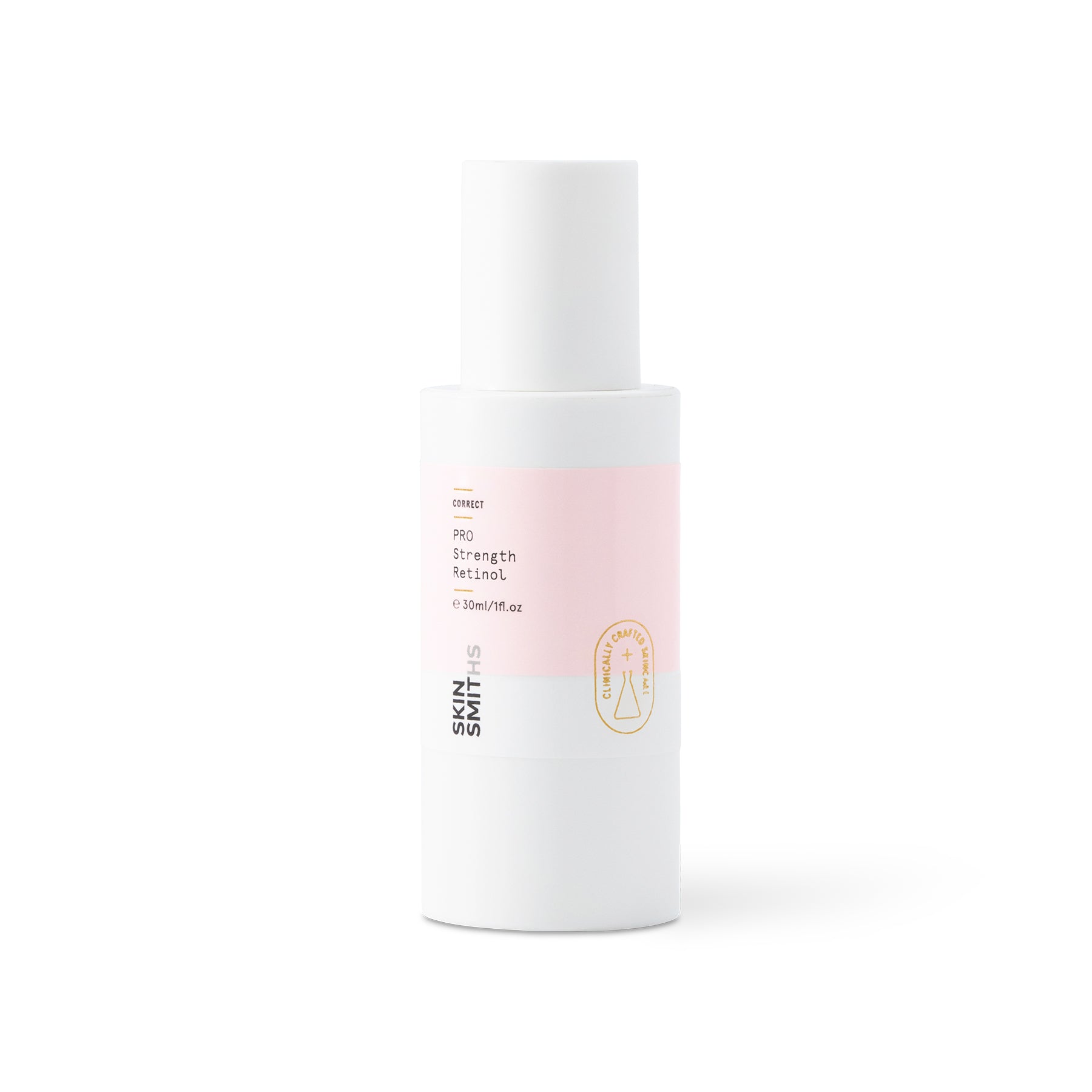
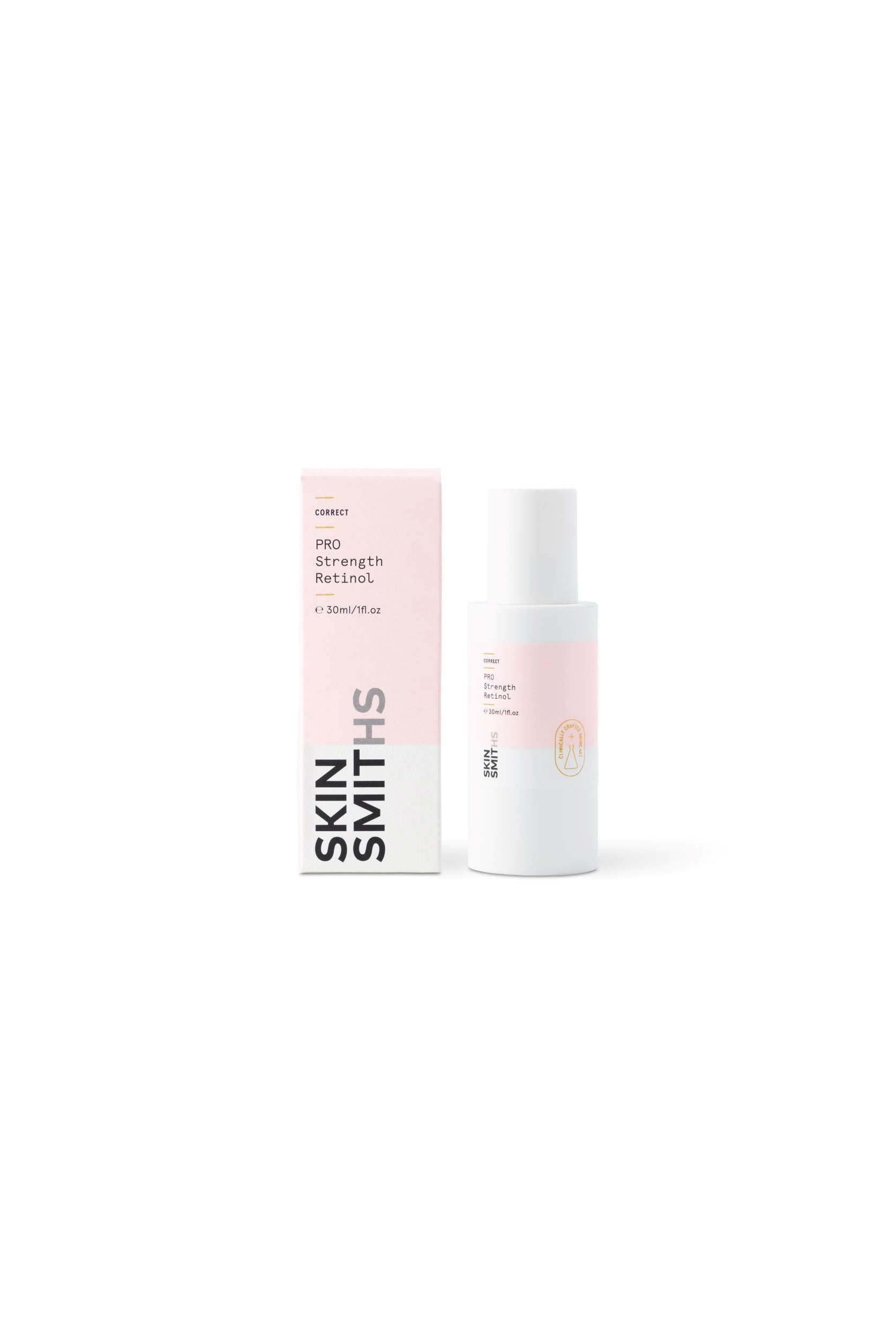
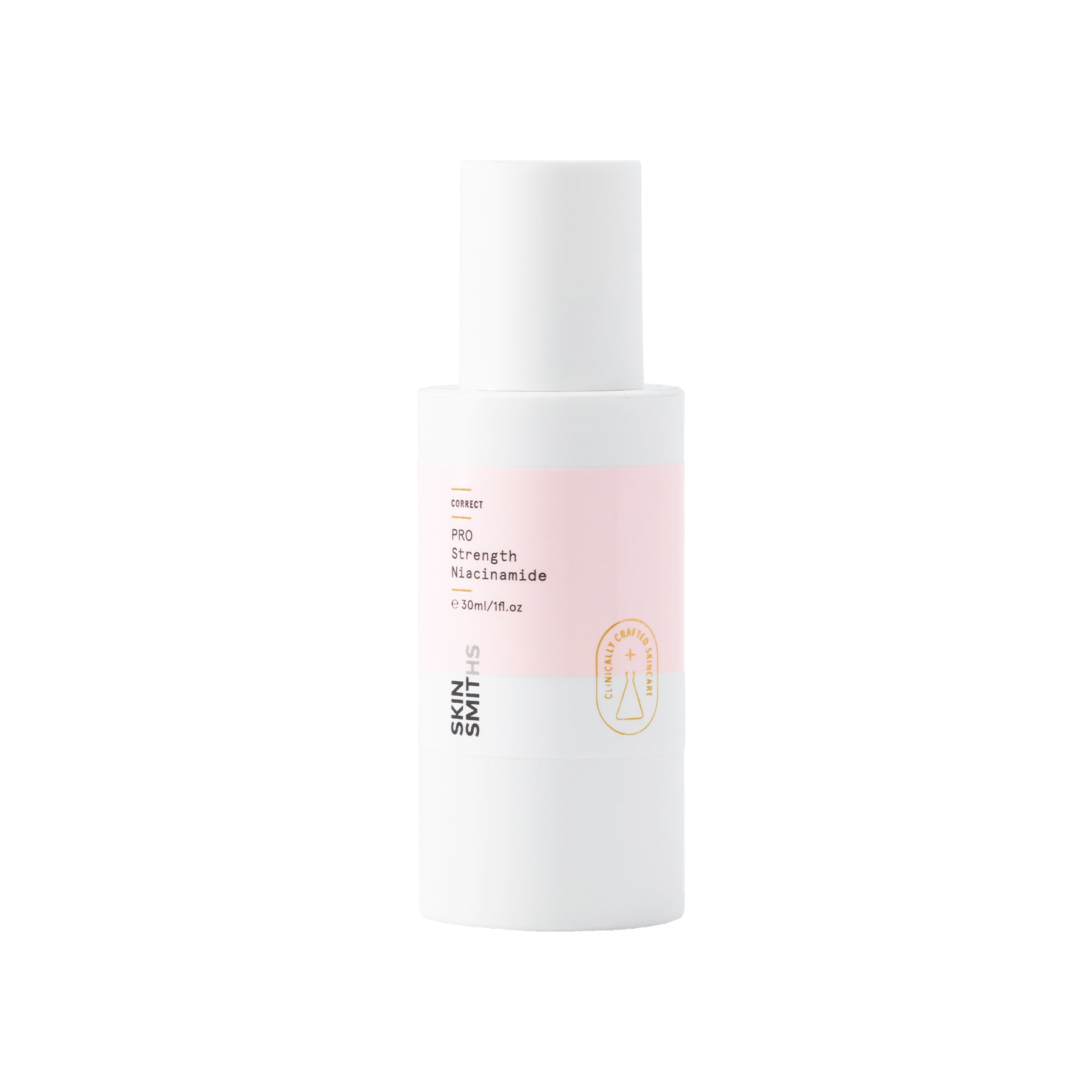
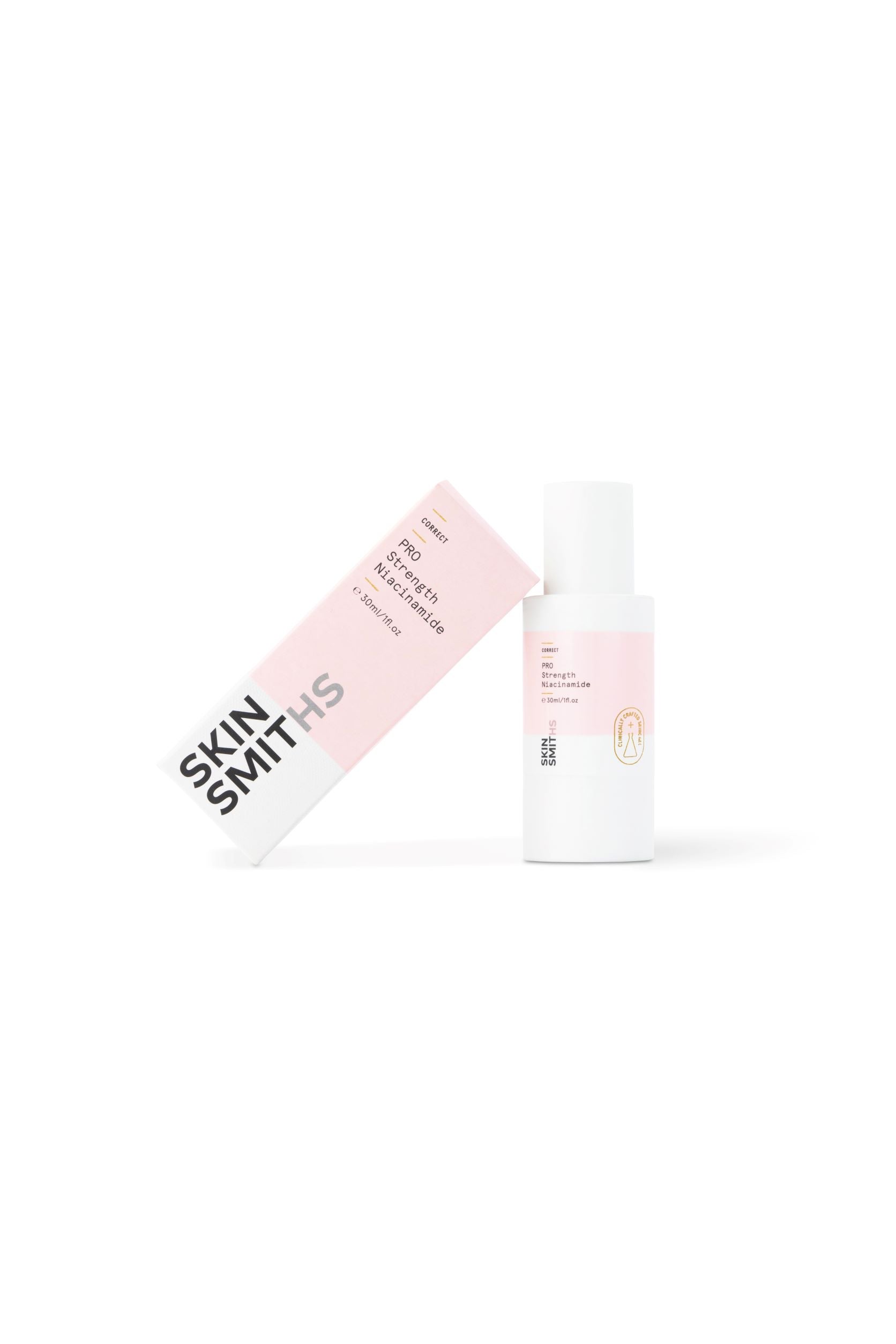
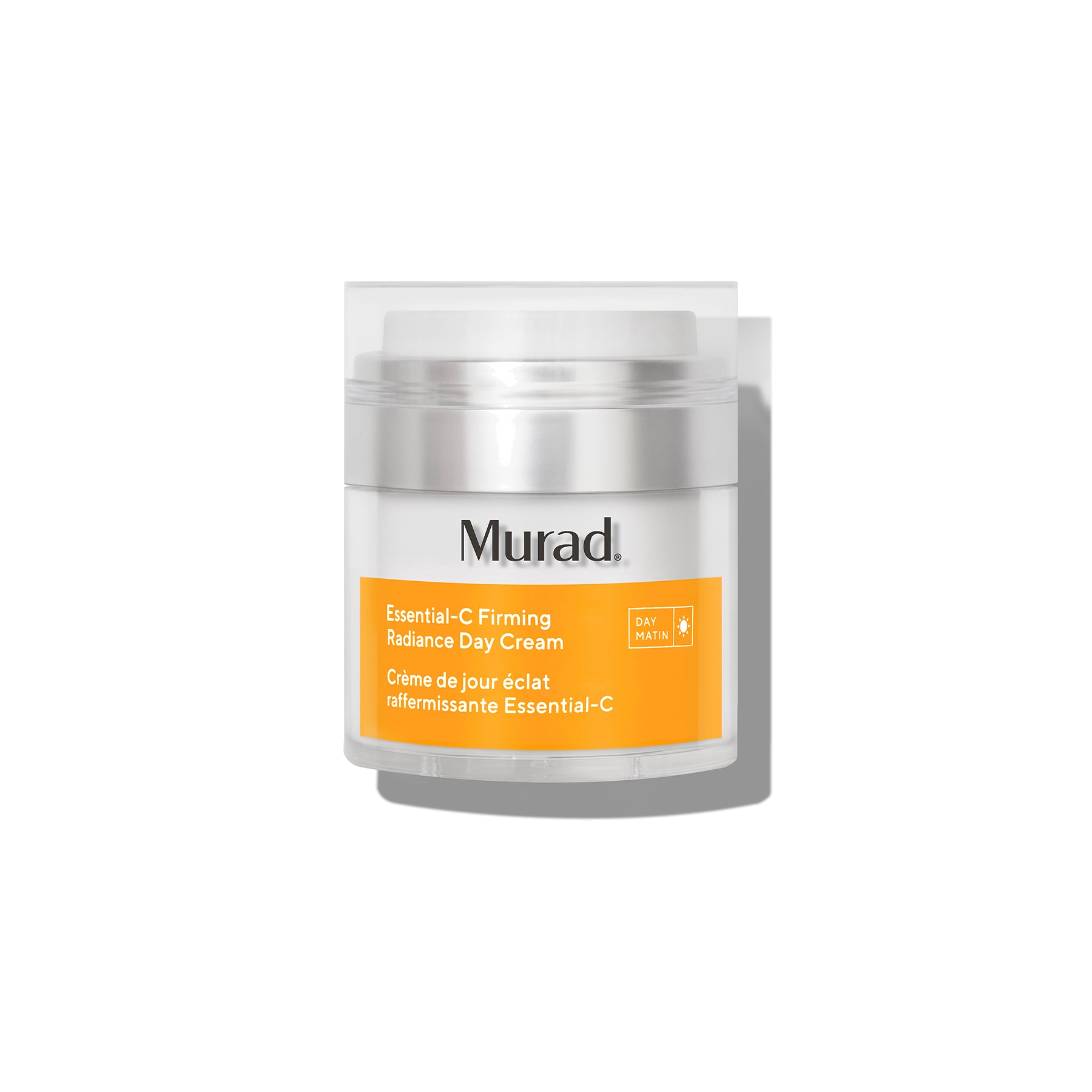

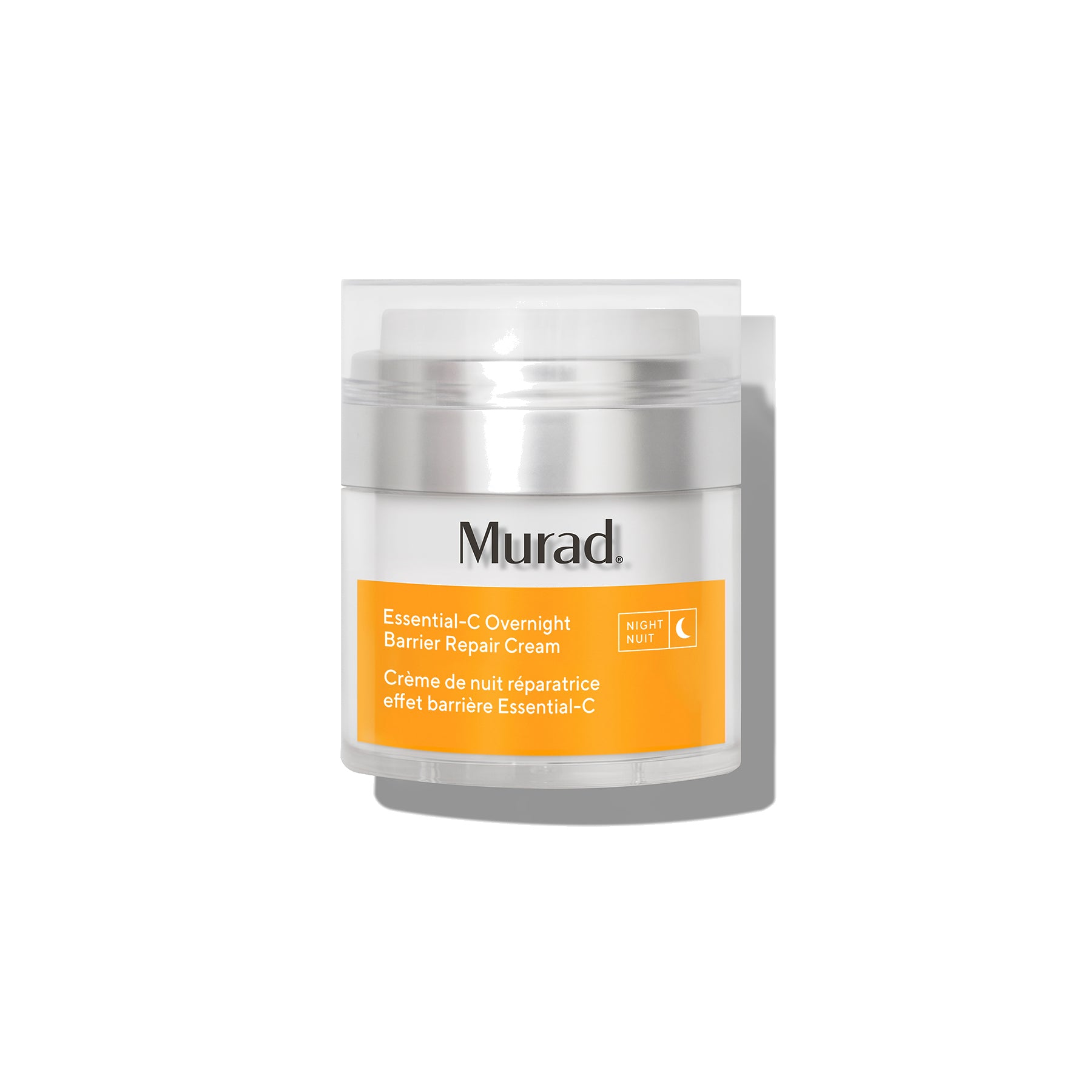

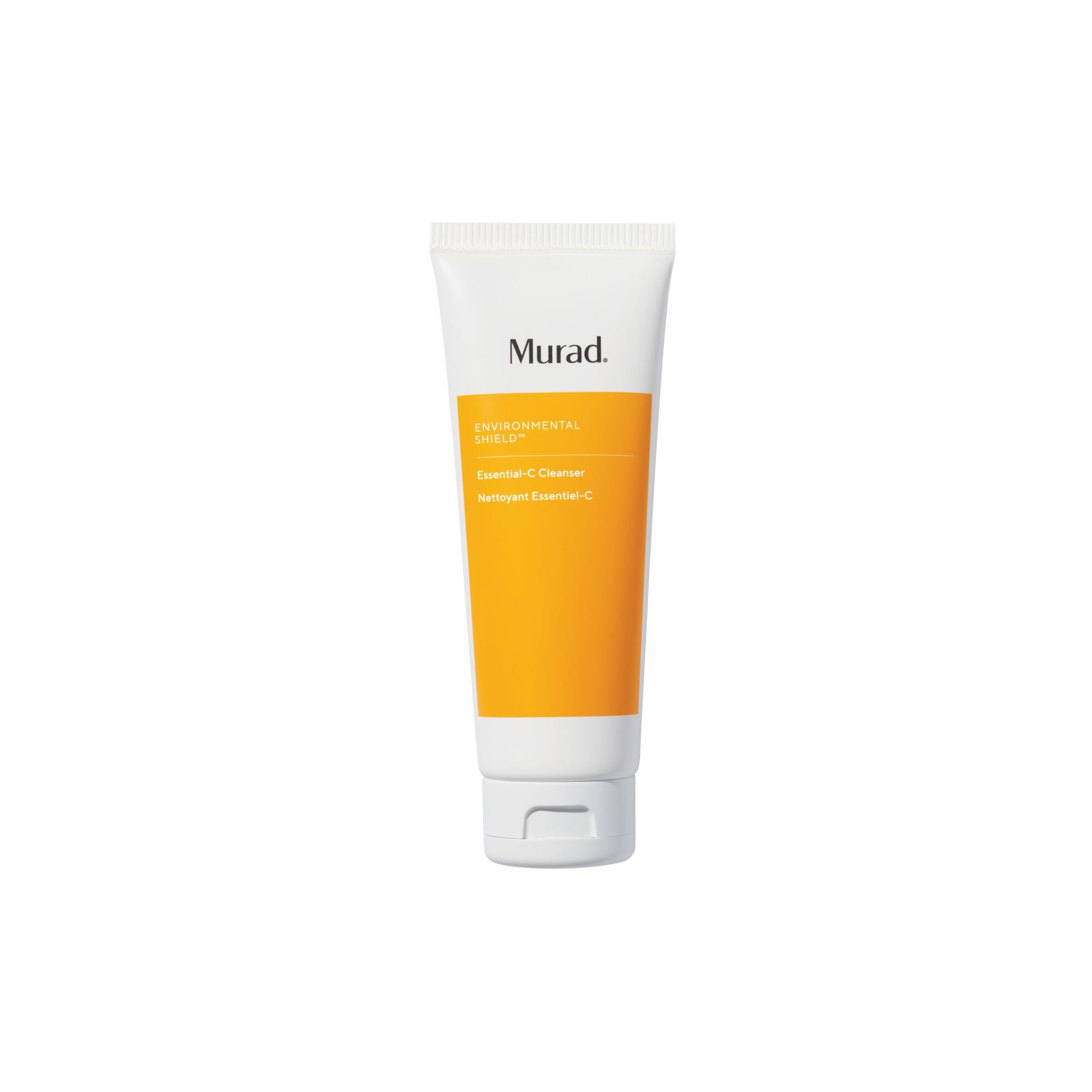

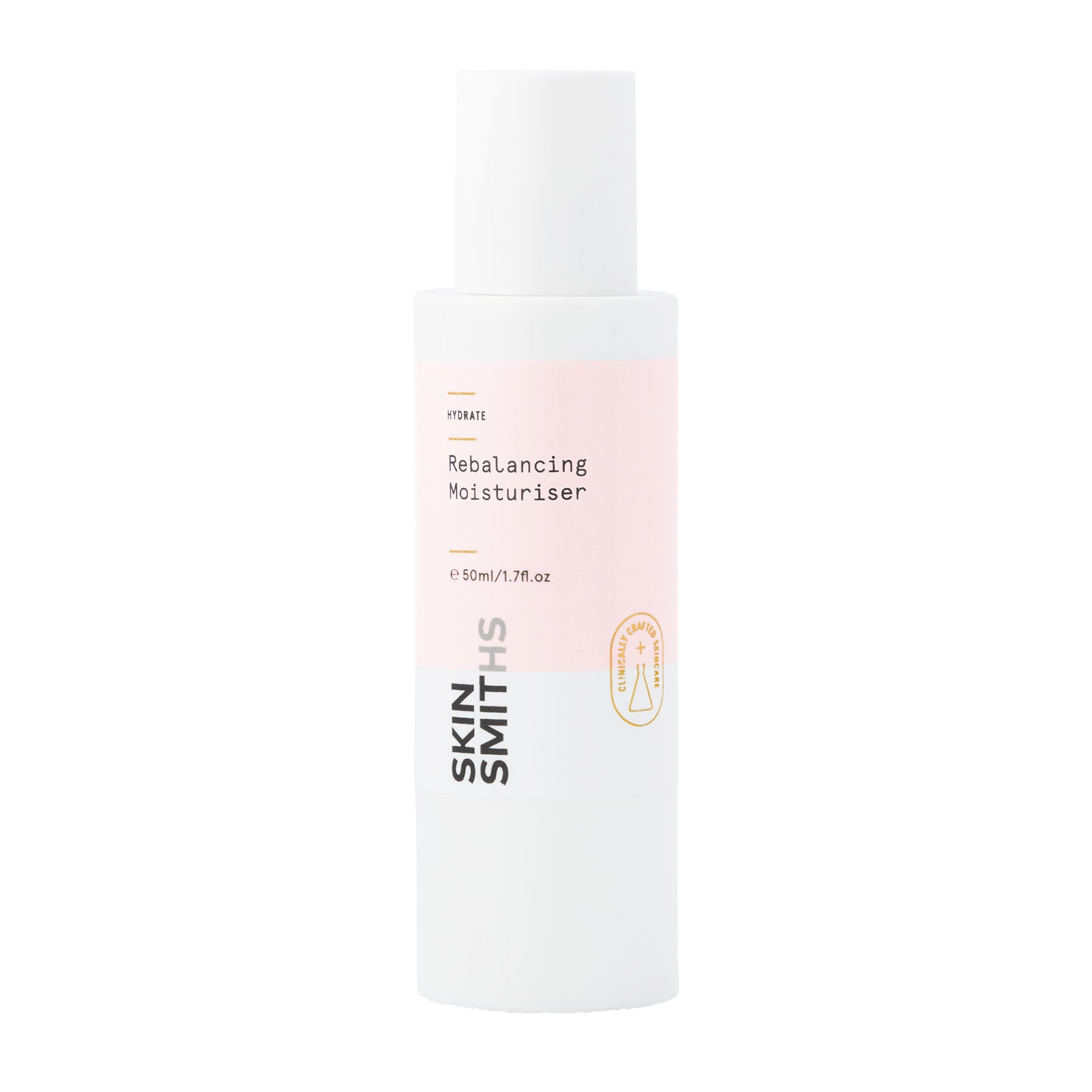

Our team will help make taking care of your skin health easy to understand, and even easier to stay committed to. The beauty industry is noisy and confusing but at Caci we’re calm, we keep it simple and we’re experts.
At Caci we love nothing better than to give people a lift – not just to your skin, but to your confidence, wellbeing, and belief in the power of looking after yourself. Setting aside some ‘me time’ daily at home and in clinic each
month. That’s all it takes.
We’re here to help you to feel confident in your skin.
We’re for you.
Melasma is a type of pigmentation that appears as brown or grey-brown patches, often on the cheeks, forehead, nose, and upper lip. It’s sometimes called the “mask of pregnancy” because it’s common during hormonal changes.
Melasma is highly reactive to inflammation, so keeping treatments and products focused on reducing inflammation and controlling melanocyte hyperactivity is key to long-term management of the condition.
The biggest triggers are hormonal shifts (such as pregnancy, birth control, or menopause), sun exposure, and genetics. UV light is a major factor, even short amounts of sun exposure can make melasma worse.
Melasma is a form of pigmentation, but it behaves differently. Unlike freckles or sunspots, melasma often appears in symmetrical patches and can be more stubborn to treat.
Melasma can fade after pregnancy or once hormones settle, but in many cases it lingers. Without ongoing protection (like SPF) and treatment, it’s likely to return or darken over time.
At Caci, we often recommend treatments such as Microneedling, Peels - specifically Caci's Signature Peel - or Skin Infusions to target stubborn patches. These are paired with skincare, including daily SPF and brightening serums, to manage melasma long-term.
The best prevention is consistent sun protection: broad-spectrum SPF every day, hats, and avoiding peak sun. Managing hormones isn’t always possible, but protecting your skin can reduce flare-ups and keep results from treatment lasting longer.